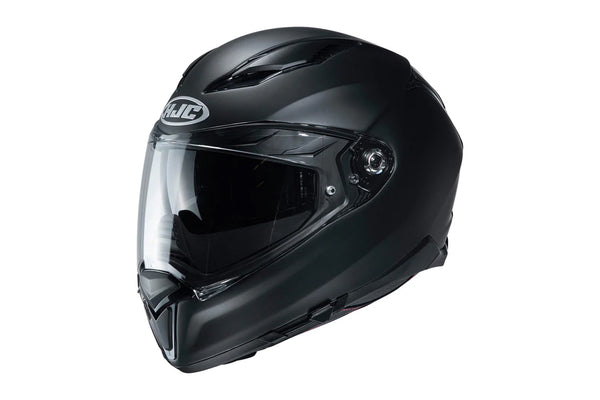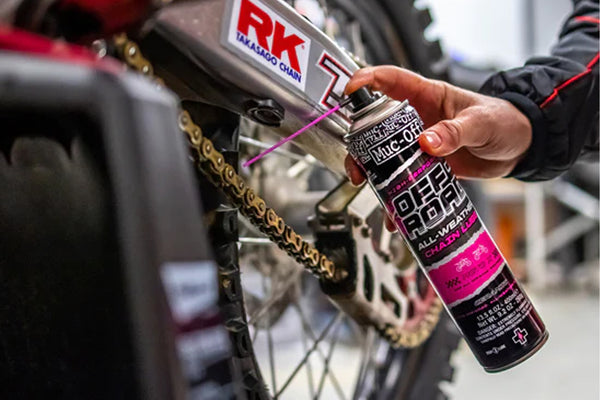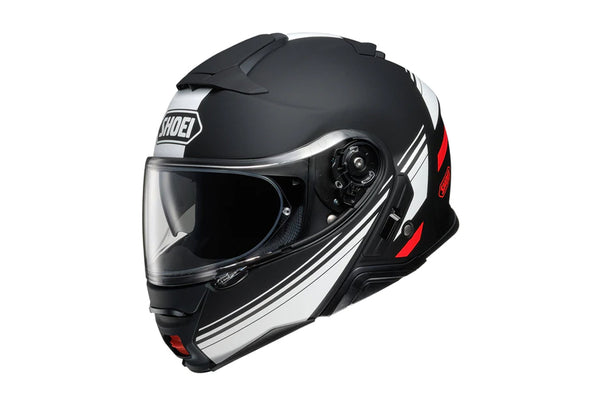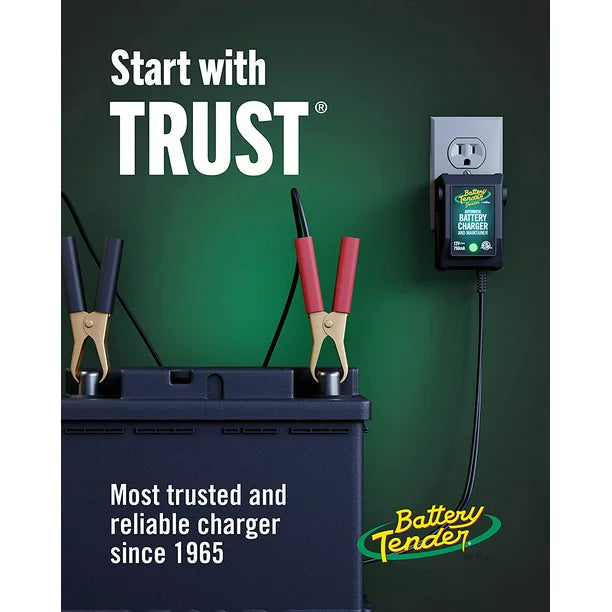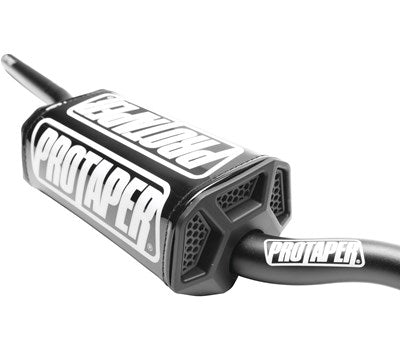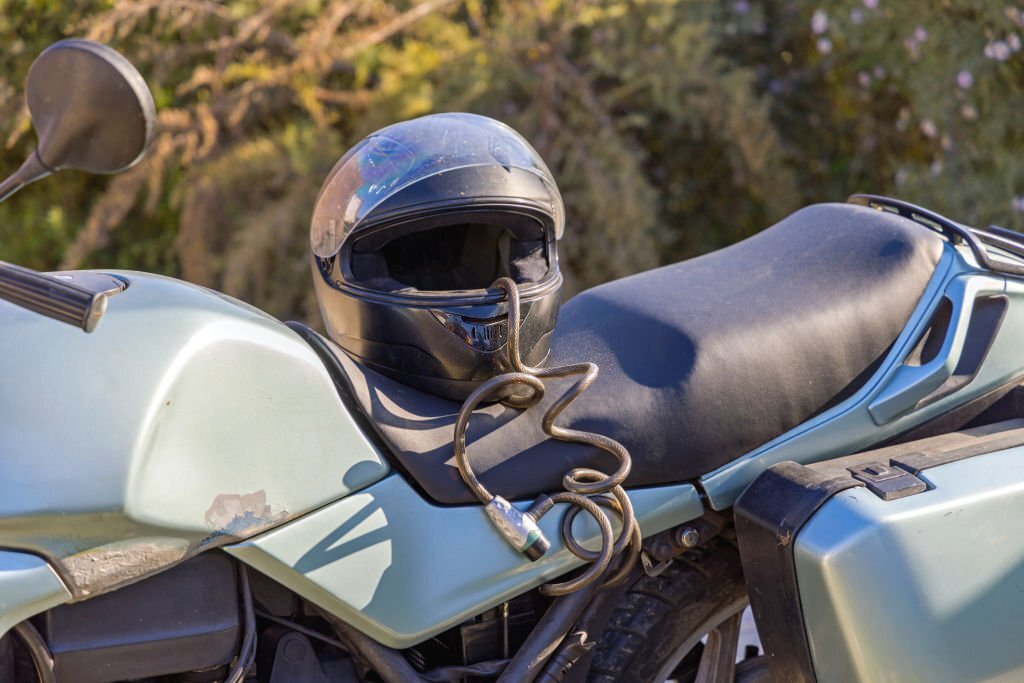Motocross helmets, just like regular motorcycle helmets, need visors primarily for safety reasons. It’s a boring answer, I know, but it’s the truth.
There’s a lot more to it, as motocross can be a messy experience compared to simply riding around on the asphalt. Let’s have a closer look at why motocross helmets actually need visors.
What this article covers:
- What Is the Purpose of a Visor?
- The Design Behind a Motocross Helmet
- Other Considerations for Motocross Helmet Visors
What Is the Purpose of a Visor?
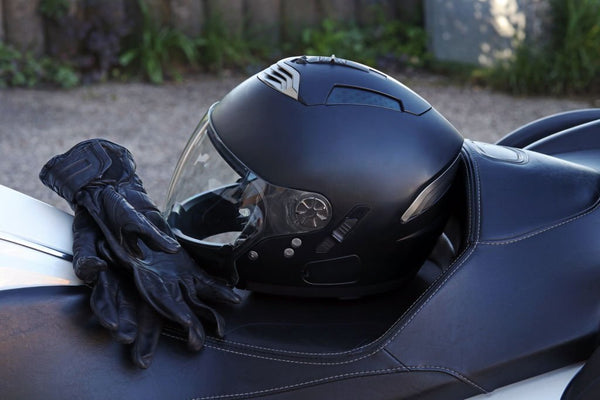
There’s a misconception when it comes to the visor of a motocross helmet. First of all, it’s called a peak, and that’s what many people, myself included, refer to when we talk about the “visor”.
The regular motorcycle helmets have visors, the clear face shield we’re so familiar with. Off-road helmets for an ATV or motocross have a plastic brim above the goggles: this is the peak.
Their main goal is to protect you from debris, dirt, and dust that gets flung up by the rear wheel of the person in front of you. That’s why having the right motocross helmet can make all the difference — so even when you’re right behind the leading rider, you’re still riding to your fullest ability.
Dirt & Dust
My goggles and face are going to need protection during a race. It’s important for when I don’t get the holeshot in the first corner, where the roost gets thrown up the most.
“Roost” is another way of talking about the sand, mud, or dirt rocks being spun up by the driver’s rear wheels. It almost looks like a rooster’s tail feathers because of how it arches.
You utilise the peak as you round the corners. The person in front goes full-throttle out of the turn, roosting the dirt and dust, now all I have to do is slightly tilt my head down and the peak does the rest. Doing this protects your face from airborne rocks and also keeps your goggles good and clean.
An old trick I’ve seen some riders do, especially on a wet day, is to use old goggle lenses or other plastic pieces to lengthen their peaks for more protection. I’ve tried it but I’ve only managed to lose a pair of goggles, unfortunately.
Brush & Branches
When you’re not riding on dirt tracks, you may find yourself riding past thick brush and trees with their branches extending over the trail you’re riding on.
The peak does a great job keeping the worst of it out of your face. The goggles are good enough for smaller things but the peak is designed to bear the brunt of it.
For trails going through woodland and thick brush, the peak should be adjusted to be as far down as possible. Tilt your head down just before the branch hits you and back up as you feel the branch clearing the helmet. It’s kind of like a weird nod that you’re doing.
Branches can get caught by the peak if I don’t tilt my head in time. Peaks are, luckily, designed to break off easily when this happens, for my own safety. Although, I wouldn’t recommend trying this out.
Sun & Rain

While I already mentioned a few worthy reasons why the peak is necessary, its primary goal is to keep the sun and rain out of your eyes.
It keeps the glare of the sun from shining directly onto your goggles. Let me tell you, the glare can be significantly worse when your goggles are already full of dust.
Lastly, a peak keeps much of the rain and water out, leaving your face and helmet liner dryer than they would be without a peak.
The Design Behind a Motocross Helmet
The entire thought process that goes into making a motocross helmet takes several factors into account, on top of protecting the rider’s head.
Things like the weight of the helmet, ventilation, and visibility are all on the list of important things that play a part in someone’s general comfort and ability.
As part of the ventilation, the pointed chin designs feature a vent on the back that allows some fresh air into the helmet and also keeps my head cool during races.
Motorcycle Helmets vs Motocross Helmets
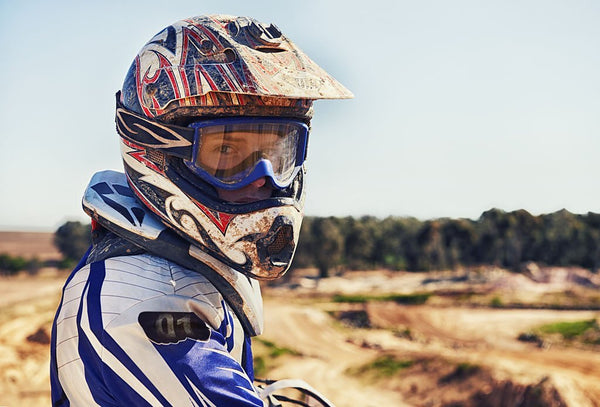
Motorcycle helmets are made to protect riders against noise, debris, and wind at high speeds, as well as high-speed impacts. The aerodynamics of the helmet also helps keep the rider’s head stable when you’re on the open road.
While the vents help maintain ventilation at high speeds, they don’t allow enough airflow into the helmet at speeds below 50km/h. As soon as this happens, I get the familiar fog that covers the inside of my visor.
Off-road racing, and even just riding for the fun of it, is quite the exercise, and it means I’m heating up faster and sweating a lot more. That’s why it’s so important to have the right ventilation on my motocross helmets.
Motocross helmets solve the problem by using an open-face design, and instead of using a visor, they use vented goggles. Now my breath isn’t going straight to the visor as a motorcycle would.
Wondering how to wear goggles with a motorcycle helmet? Well, it’s not as easy as just popping it on and getting on the bike. You have to remove the visor of the helmet, and on top of that, the helmet has to be small enough for the goggles to fit nice and snug.
The helmet is also shaped to make a snug fit with the goggles so that there’s minimal risk of debris hitting the rider’s face. That, and there’s also a raised mouth guard for even more protection.
Some of the other things I’ve heard people ask is, “Can you wear glasses under a motorcycle helmet?”. The answer’s straightforward — yes, you can. As long as they fit your head nice and snug you should be well off.
If it’s something you are particularly concerned with and would like to know what the best motorcycle helmet for glasses is in 2022, I’d suggest having a look at the HJC F70.
Other Considerations for Motocross Helmet Visors
There are always a few questions that might not have been covered in the above, so here are a few answers you didn’t think you needed.
Do You Need It For Trail Riding?
Trail riding isn’t that intense when it comes to roosting debris and that sort of thing, but it’s still a good idea to have some face protection when you are riding.
While it’s possible to go trail riding with a normal motorcycle helmet, you’ll be losing out on the added protection provided by the peak.
Others also ask, “Are motorcycle helmet visors universal?” To which I say the answer is neither a yes nor a no. It’s more complicated than that since both motocross and motorcycle helmets are designed differently.
What I can tell you is that there are helmets offered by a range of brands that are called adventure or dual-sport helmets. These have both the peak and the visor. The peak is vented at the back, minimising drag at higher speeds.
The only problem with those helmets is that the peak is generally smaller and isn’t able to adjust down far enough or forward to provide any actual protection.
Why Don’t Motocross Helmets Use Regular Visors?
Due to the open-face design of motocross helmets, goggles are necessary to protect the rider’s face.
The other reason why motocross helmets don’t use the normal visors that motorcycle helmets do is that they don’t protect so well against dust. Goggles are outlined with a thick foam padding which makes a tight seal around the eyes of the rider — blocking out most of the dust.
The foam padding also doubles as a sweatband to keep sweat out of the rider’s eyes.
Should I Use Chain Lube After Washing My Bike?
The reason I apply motorbike chain lube in the first place is so that it can reduce wear and friction. Keeping that to a minimum optimises power transfer to the rear wheel of the bike.
It also does a good job protecting crucial components, preventing rust on steel parts, and helps to maintain the rubber seals of the o-ring chain. The seals also need lubrication to prevent the rubber from becoming brittle, dry and failing.
Trust me, it’s cheaper to properly maintain your bike than buying replacement parts every now and then.
Is There A Helmet With The Most Visibility?
While all helmets are designed to provide us with the most field of view, not all are created equal. So, let’s ask ourselves what the best motorcycle helmet for visibility is.
First of all, you need to establish what kind of riding you’re going to do. For off-road and motocross we’d say the Airoh Aviator 3 is a good choice, but for the normal riders on motorcycles, we have to go with the Shoei Neotec II.
These two helmets are your best bet when it comes to helmets with high visibility features.
If you enjoyed this piece, consider checking out other blogs:
- Best Motorcycle Helmet Color for Visibility
- How Long Do Motorcycle Helmets Last
- How to Check Motorcycle Helmet Expiry Date
- Best and Safest Motorcycle Helmet
- Are Open-Face Motorcycle Helmets Safe
- Best Open Face Motorcycle Helmets
- Best Low Profile Motorcycle Helmet
- Best Half Shell Motorcycle Helmet
- What Are Modular Motorcycle Helmets
- Best Budget Full Face Motorcycle Helmet
- Are Bluetooth Motorcycle Helmets Safe
- Best Motorcycle Helmet for Cruisers
- Best Lightweight Motorcycle Helmet
- How Tight Should a Motorcycle Helmet Be
- How to Strap Motorcycle Helmet




